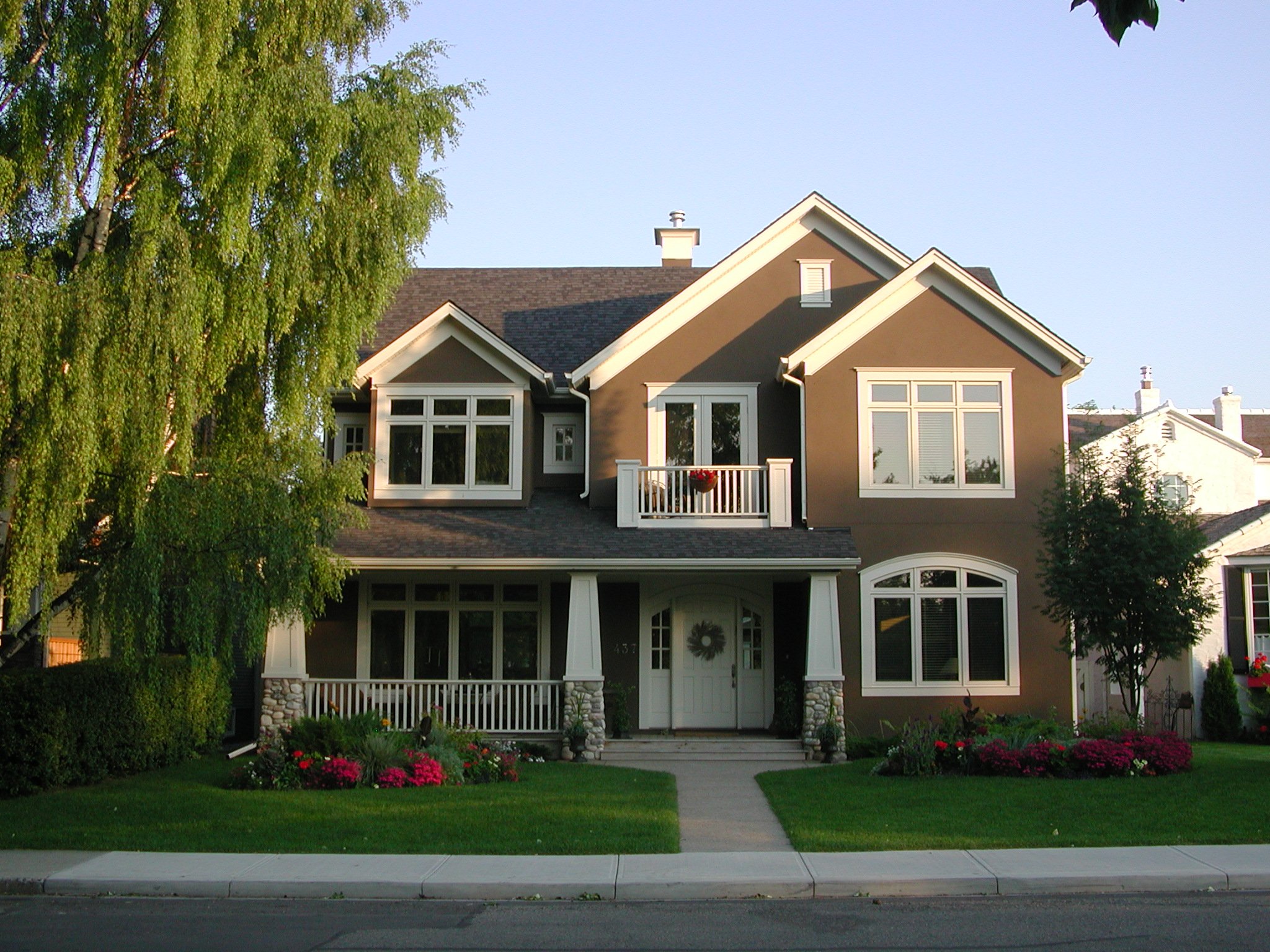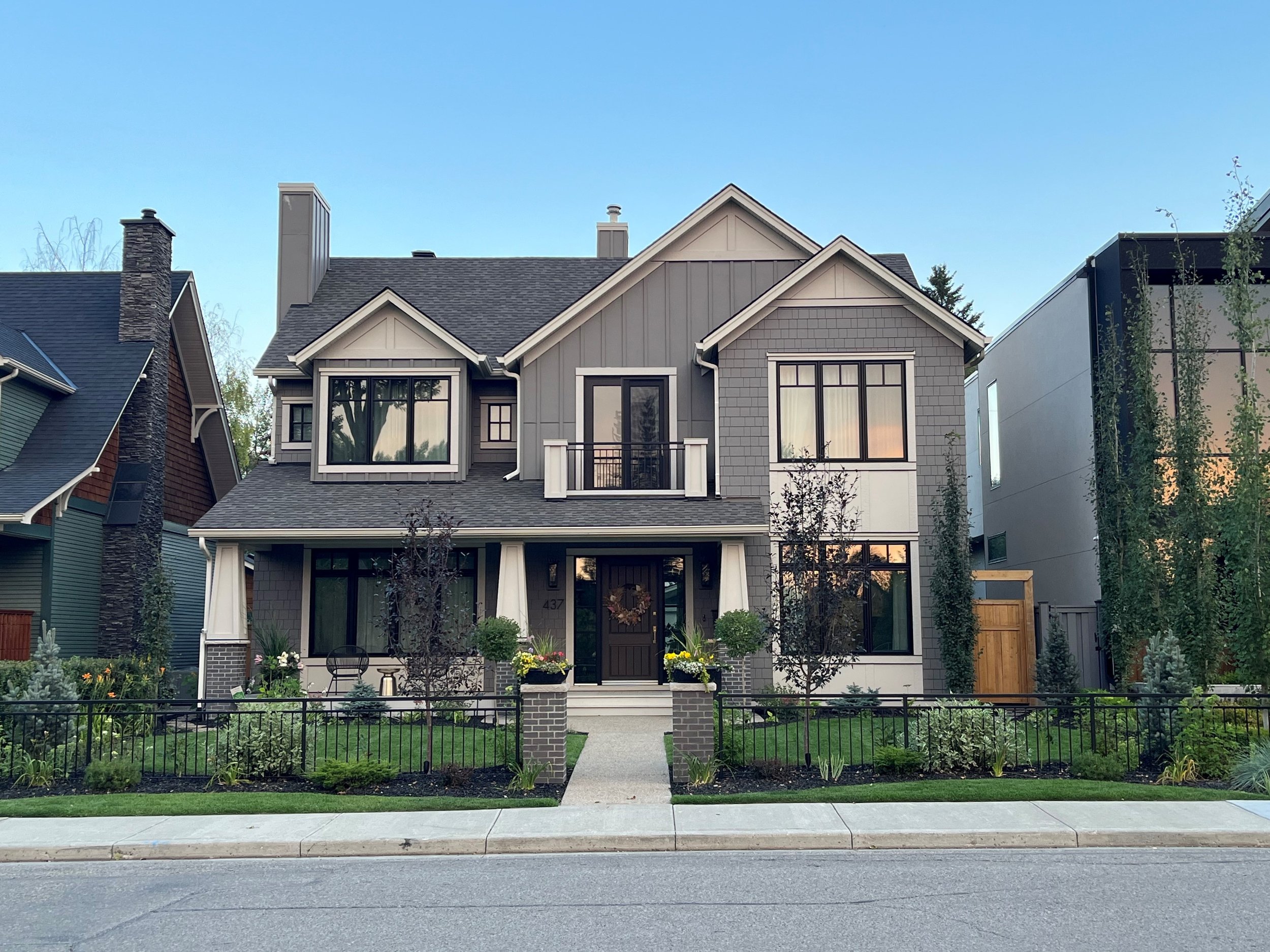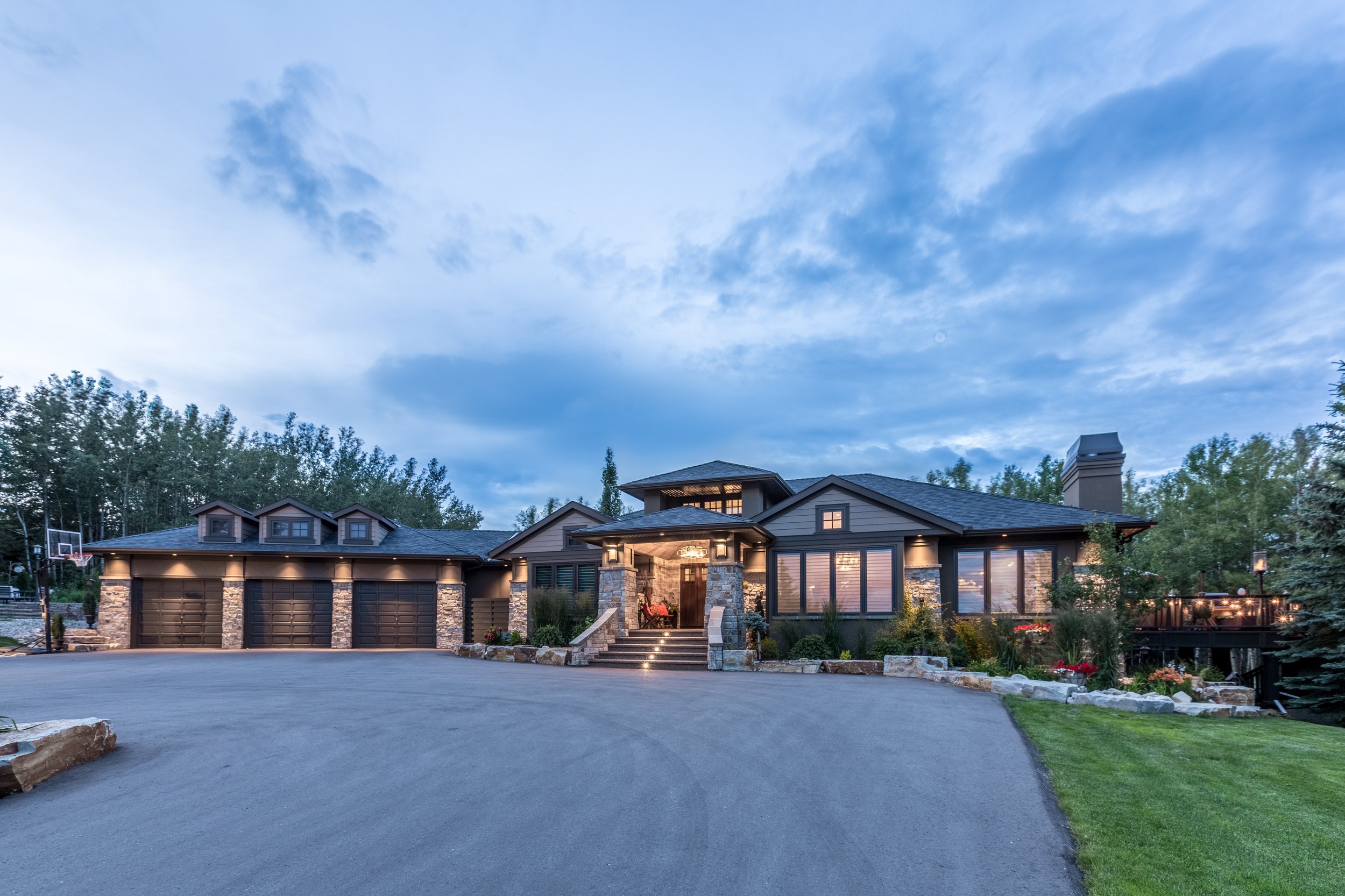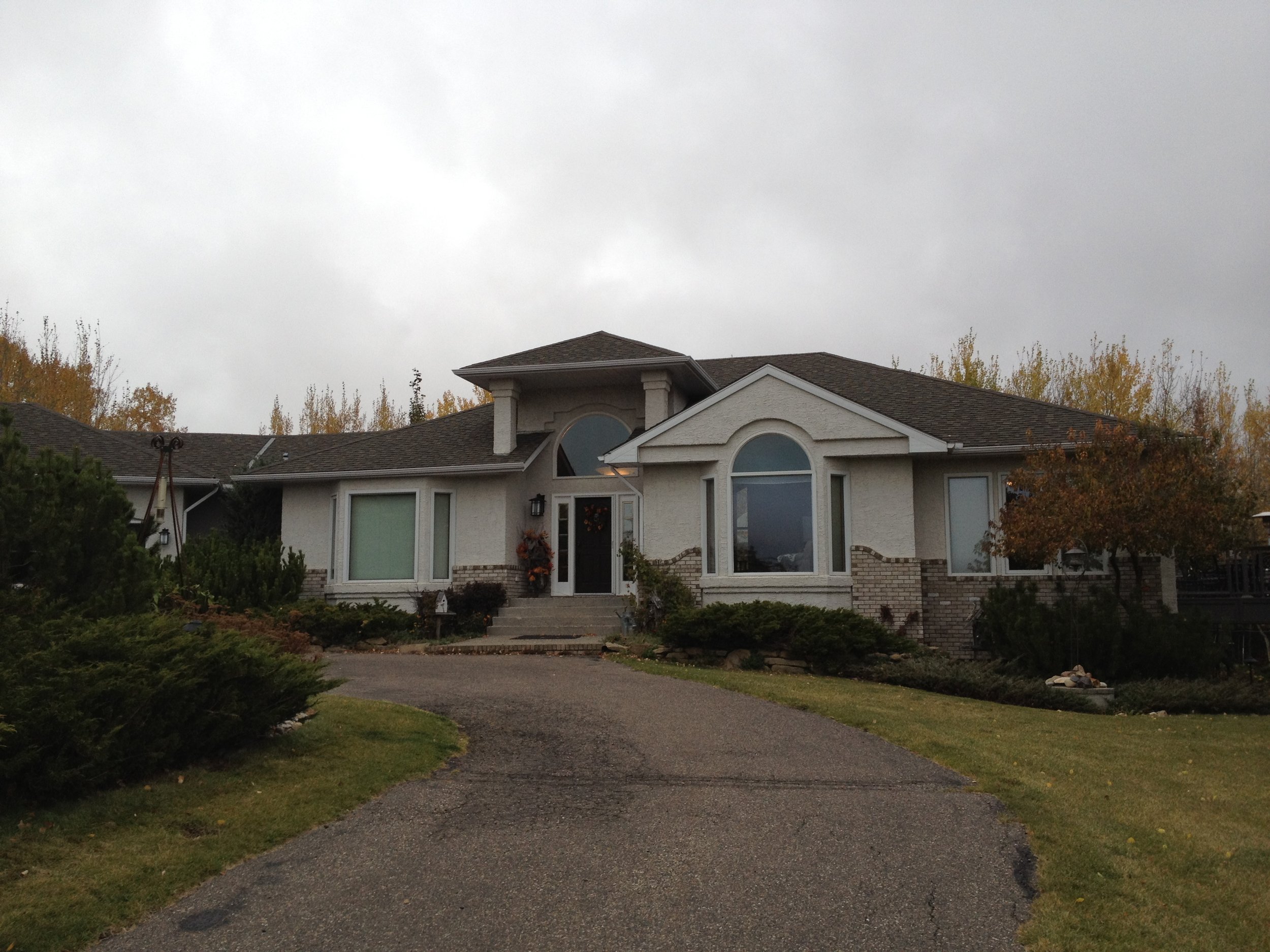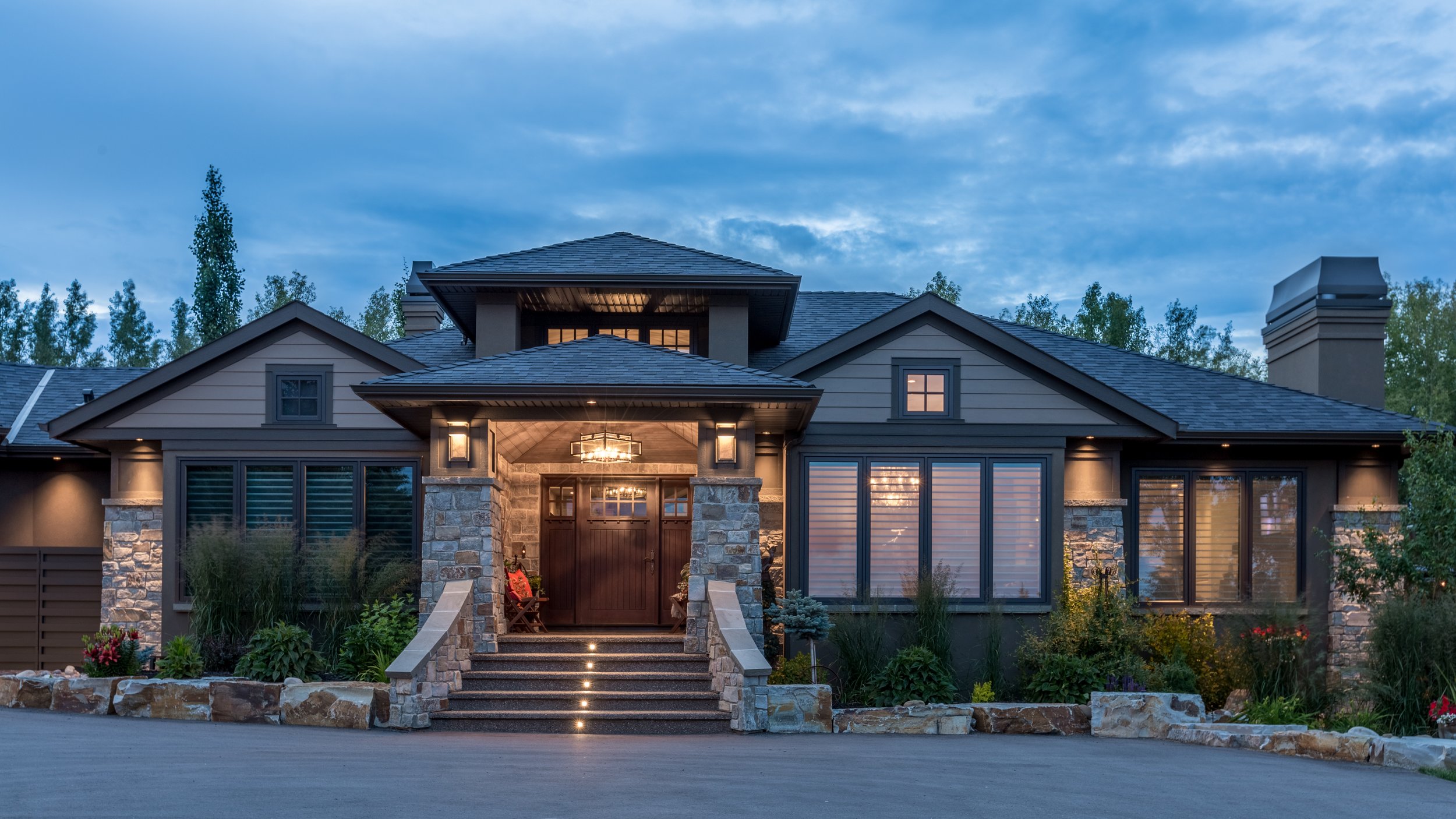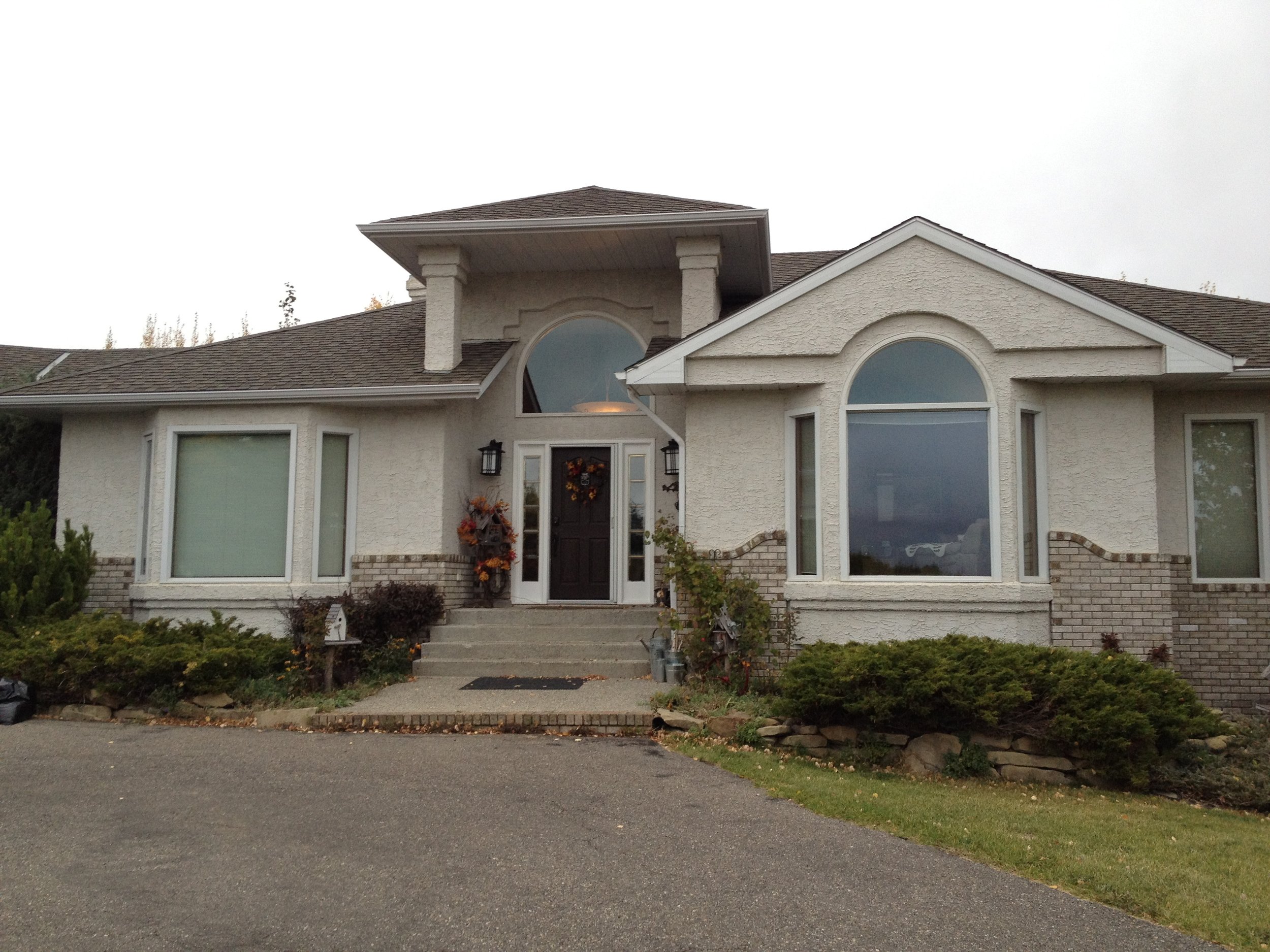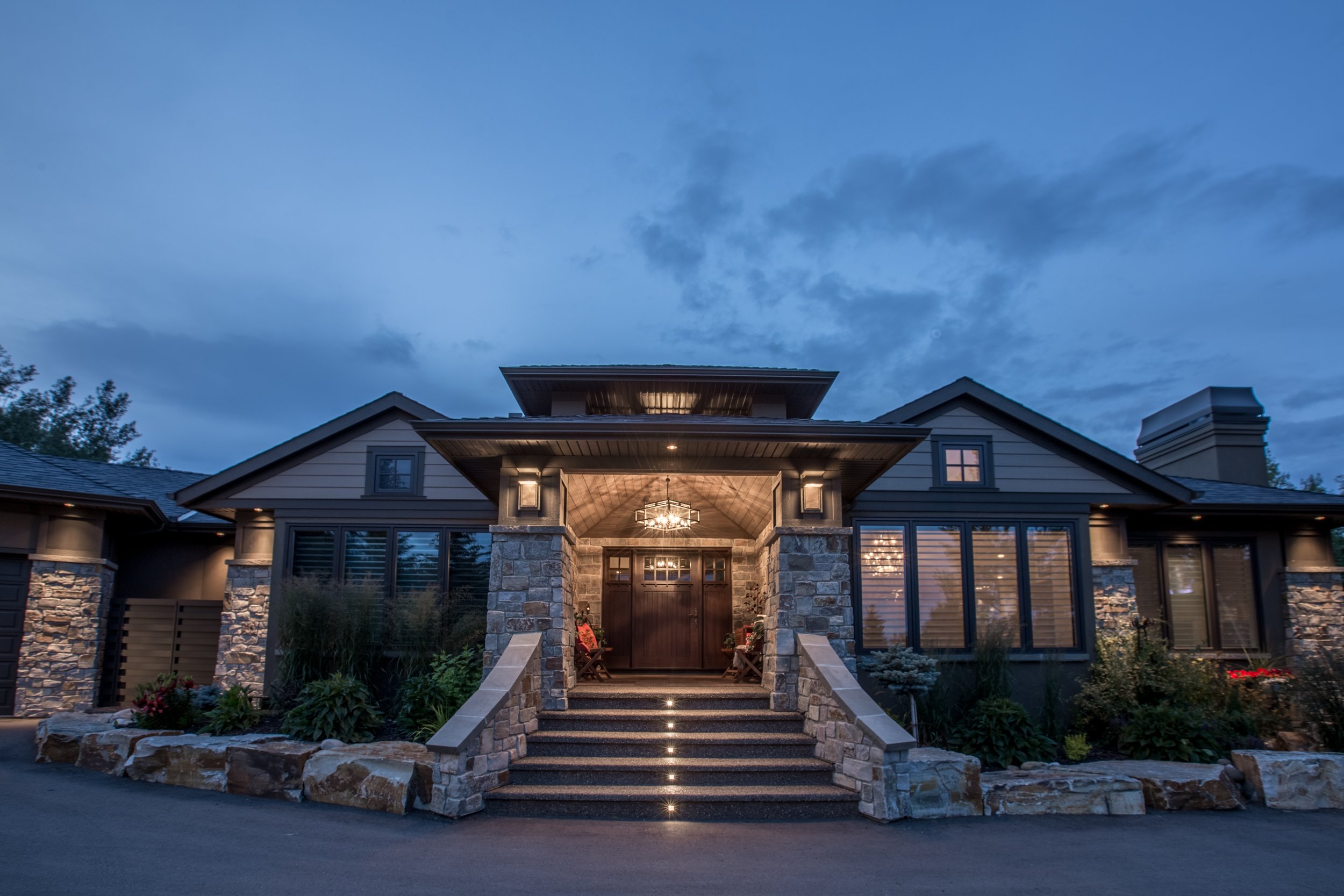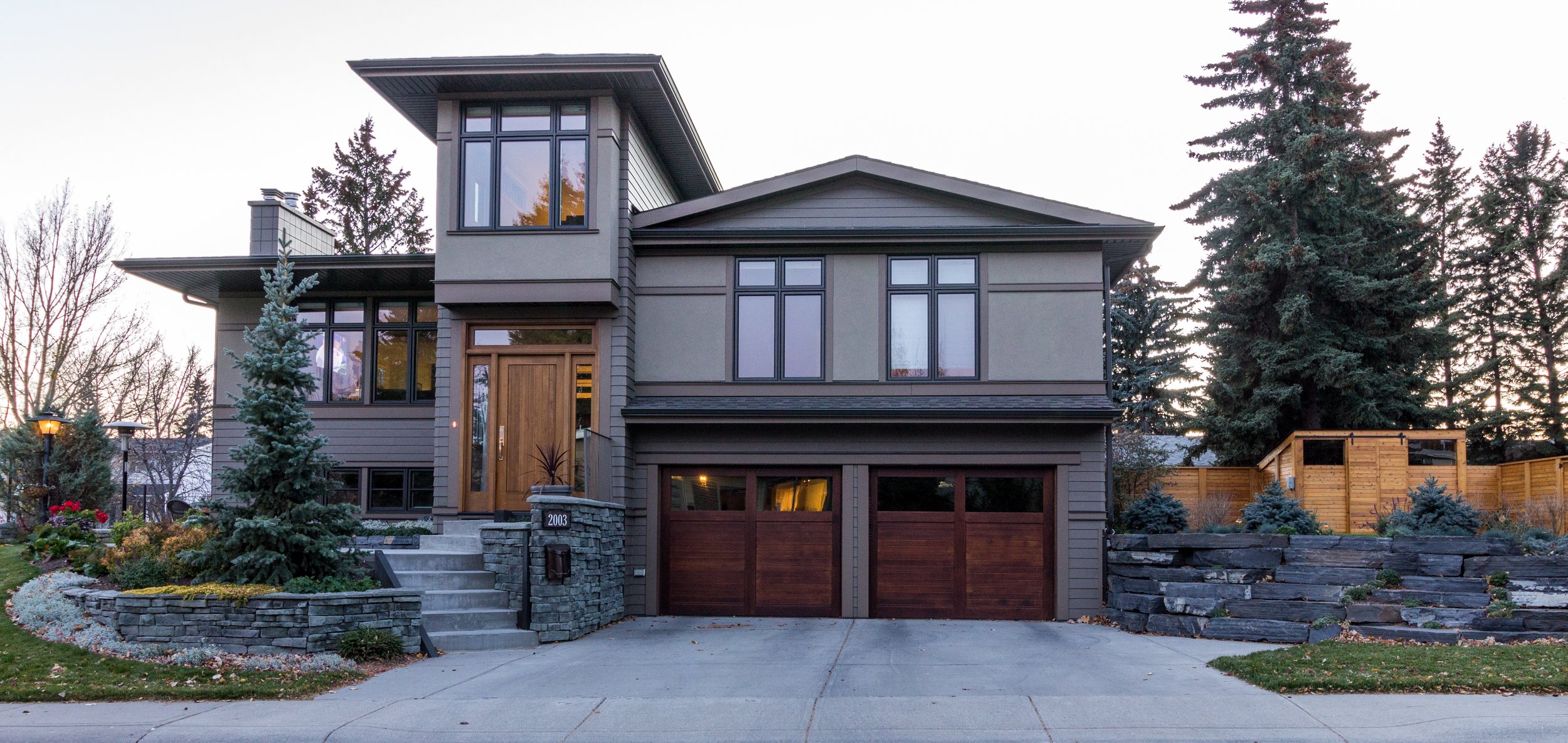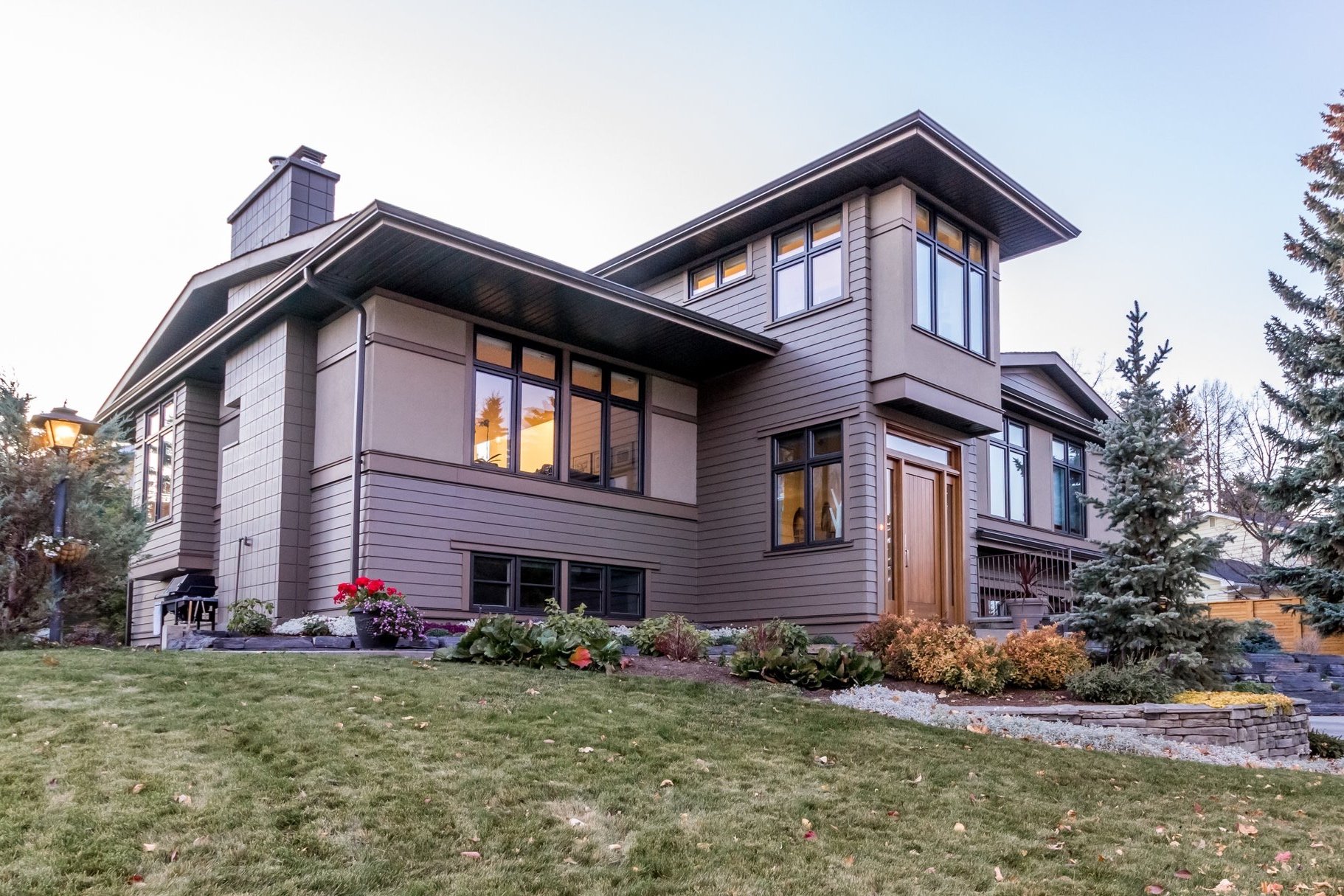Deciding to Renovate
When a renovation supersedes a rebuild,
these are Factors to Consider
I’m often asked about the optimal solution for an existing house — to capitalize on those good bones or to tear it down and start anew. The decision can be a difficult one and there are a lot of factors to consider. Of course client budget is a major factor, as are design goals, sentimentality, and the environmental impact. At McDowell, we walk clients through the intricacies of this decision-making process so the path ahead is confident and clear.
We’re sharing a few of our favourite projects whose owner’s path led to the decision to renovate. We think you’ll agree their decisions delivered some outstanding abodes.
So naturally, we start with analysing the existing home and determining what you hope to accomplish with the final product. These are some of the main factors that will influence your decision:
The Budget. When we talk to clients about budget, my advice is to look at the current value of the home and what the home will be worth after it is renovated. The difference between these numbers is the target budget. A realtor who is familiar with our client’s community can assist in determining those numbers. There are exceptions to every rule, of course, but this is a dependable tip.
McClary Before
The Heart. Decisions of the heart are generally led by your home’s age, historical significance, and sentimental value. The memories attached to multi-generational homes can most certainly justify a renovation. The preservation of a legacy home is paramount for some.
The Mechanics. We need to determine if electrical or mechanical systems have been upgraded or whether these will have to be replaced. We also need to consider the energy efficiency rating of the home — the building envelope, windows and doors, lighting, heating and ventilation, and secondary suite compliance all factor into a reno or rebuild. If replaced, these items must meet today’s codes, which influences the budget.
The Function. Over the years, expectations and priorities have changed for families, which is reflected in the home’s footprint. Often the layout of older homes no longer aligns with the needs of contemporary living. Homes today are expected to have multiple bathrooms, including a primary ensuite, powder room, and kid’s bathrooms. So expanding the home’s footprint to accommodate these expectations is imperative.
Post-war homes built during the 50s and 60s tend to not have a mudroom off of the rear entrance to the home. The area where the family is most likely to enter the house now has little more than a small landing area to accommodate a few pairs of shoes and maybe a coat hook or two. With today’s busy families, the mudroom has become a critical room for storage and organization containing seasonal clothing, sports equipment, backpacks, and such.
Kitchens of the past tended to be isolated from the living areas and equipped with only three appliances: the range, refrigerator, and sink. Today, kitchens tend to be the focal point of the house and social activity. The possibilities for kitchen amenities are now totally endless.
Home Buying Tip: In our experience, it’s hard to make the case for a major renovation for homes built prior to 1970. Homes built since then tend to incorporate some of today’s amenities, which help to justify a renovation.


